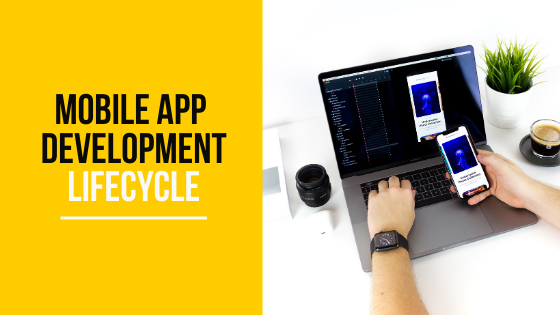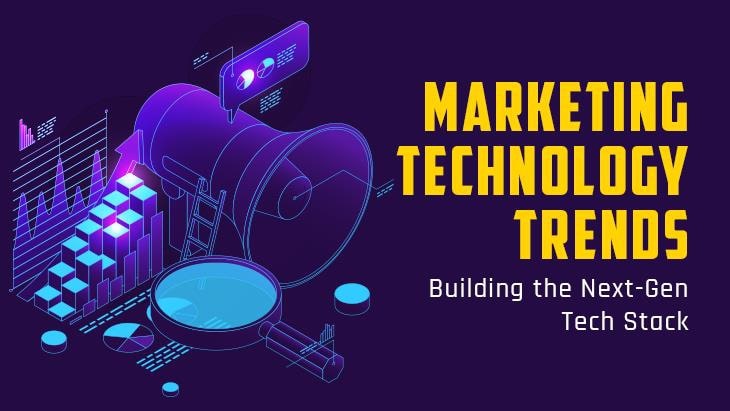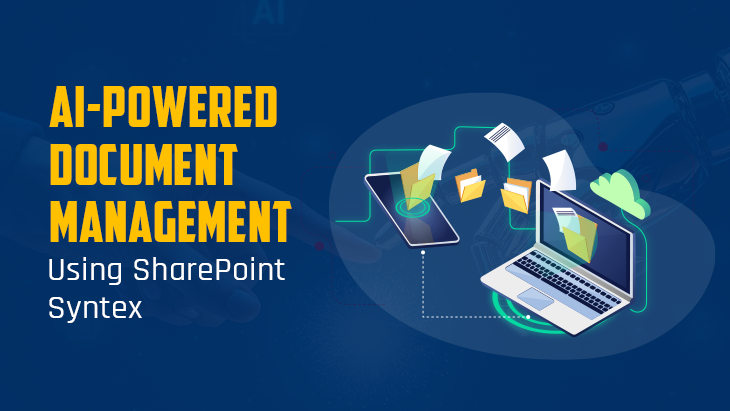Due to rapid development in technologies, many mobile applications have come to the play and that kind of application provide comfortable means of accessing various kind of platforms starting from social media to games and recent research says that most of the preferred mobile application due to compact nature. The mobile apps are now ruling the million-dollar smartphone market but it is not easy to develop mobile apps. It requires several resources and it has to pass through several development phases to get the final end product. About 85 percent of the users prefer mobile applications rather than mobile websites and an average mobile user has about 30 applications installed on their device and approximately they spend over 30 hours a month by using them. It is mandatory to understand the mobile app development process and that will help you to reach your goal. Hire a mobile app development company for getting a perfect mobile application for your business and Developing a perfect mobile application is not the easy task because it requires so much of efforts from developers hence many developers are now searching for the easy way to develop applications and here we have presented 11 steps to understand the mobile app development cycle
1. Identify Your Market
The main goal of every business is choosing their audience and your app need not to be similar to the already existing app. It should be unique and stand out from the crowd that will help you to win over competitions. Identify what service you are going to offer to the consumer group and it is the early stage of the developmental life cycle and discover what content should be integrated. Research if there is any similar application in the market and implement the advanced feature found in the application. Do deep research about your target audience and about your business, and prepare a detailed list of information about what is the main goal of your mobile app, who is the target audience, what platform will you use, what language and framework should use, what is your project budget, etc.
2. Launching Objectives And Mobile App Goals
This is the most important step in the mobile app development phase and finds out how your app will work. Identify the features that your applications should have and prepare the main goals.
3. Execution
The next step after the analysis is execution, create an execution path to your thinking by transforming the idea into the paper and communicate with your target audience and take their review, if you find any difficulty try to resolve them at the starting stage. Effective planning will help you to identify the view and requirements of end-users and it also helps you to measure risk associated with the operation. Use case diagrams to create interaction between the system elements and users. This graphical representation will help you to analyze the complexity of your task.
4. Technical Specifications
Before going for the design phase ensure that your app is technically feasible and by knowing the technical feasibility of your project you can save more time in designing the prototype.
5. Wireframes
This stage is the outer skeleton of the development projects and in this stage, you should discover how app your app should look like and what features you want to include and much more. There are many online tools available for developing wireframing for your apps and you should develop a road map to represent the connections between each screen
6. Designing The App
This is the important stage in building your prototype and the factors UX, UI plays an important role in designing. The UX deals with the usability, functionality, and functionality of your applications. These factors play an important role in designing and the UI includes all the primary features through which a user interacts with the mobile app.
7. Develop And Test Your Prototype
After completing your wireframe, develop an interactive prototype if you face any defects in the wireframe correct the defect in this stage. Prototype creation is the most important step in the application development process because it gives you the perfect chance to evaluate your design concepts, features and you can also identify dead links and flaws in the flow of your mobile app. Test your prototype to the new faces and gather the feedback voice out by them and this helps to get honest reviews about your project. Develop a high fidelity prototype that will guide you throughout the application development process
8. Development
The next step after the prototyping is the development and it is main part involves several phases and steps. Choosing the perfect programming language is the primary step in the development process. The developer has to organize the actual storage solutions, APIs, servers and develop as per proper guidelines to eliminate risk during the launch of the product. Hire a talented developer to develop your application and set up a deadline for proper delivery.
9. App Testing And Debugging
This is one of the crucial steps in mobile app development and it is the process of identifying bugs and errors in the coding languages. Debugging is the process of eliminating bugs and faults from the source code. The testers perform testing and there are several testing available, they are beta testing, user acceptance testing, etc, and if you are satisfied with testing process, then prepare for launching your application.
10. Launch
After the testing and debugging is done, then it is ready to be launched in the market, you can deploy your app in both web server and play store. Get help from the marketing department to promote your app across the globe with the help of SEO factors, keyword research, app store optimization, and much more.
11. Monitoring
The lifecycle of mobile app development does not end after launching your app in the market and you should monitor, and control tracking of our app which helps you in fixing defects in the update and by monitoring you can add new features as per market trends, improve performance and you can deal with malfunctions.
CONCLUSION
The app mobile app development life cycle is a crucial process and it requires several resources, and also it involves many technical complications. By going through this article, you can get proper understand about software app development cycle
















Post Comments